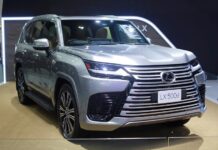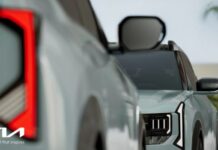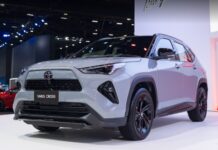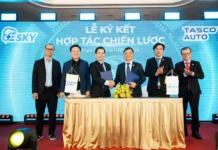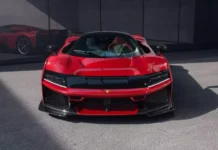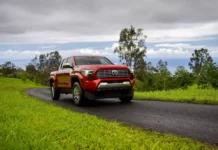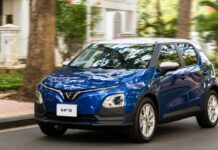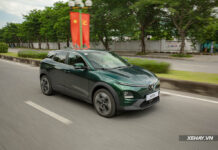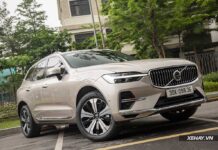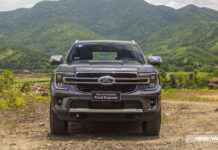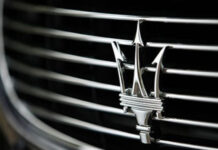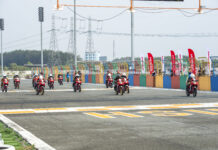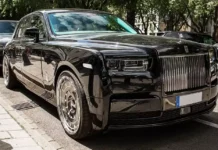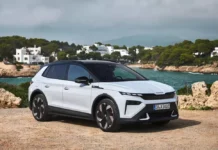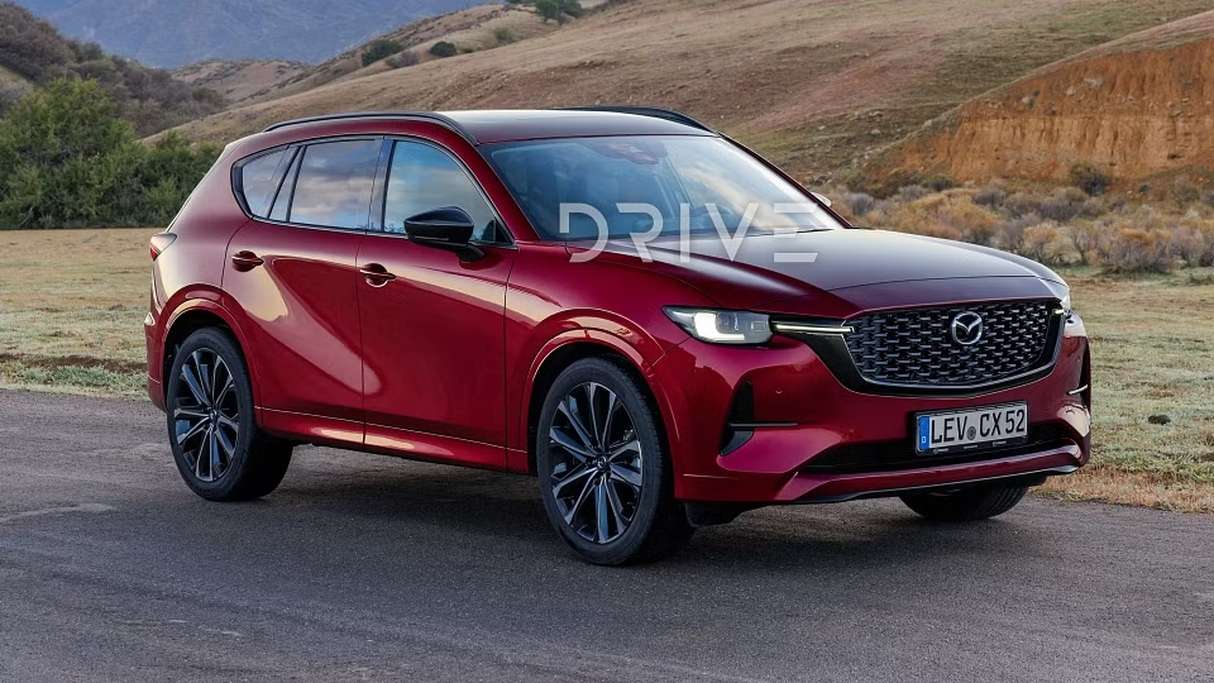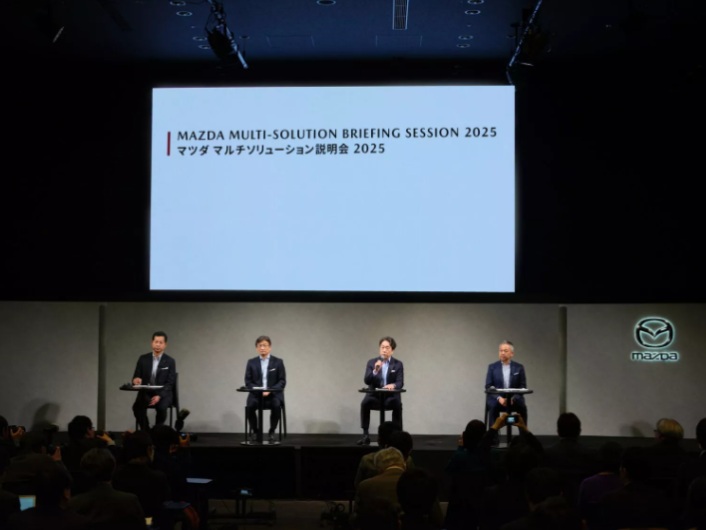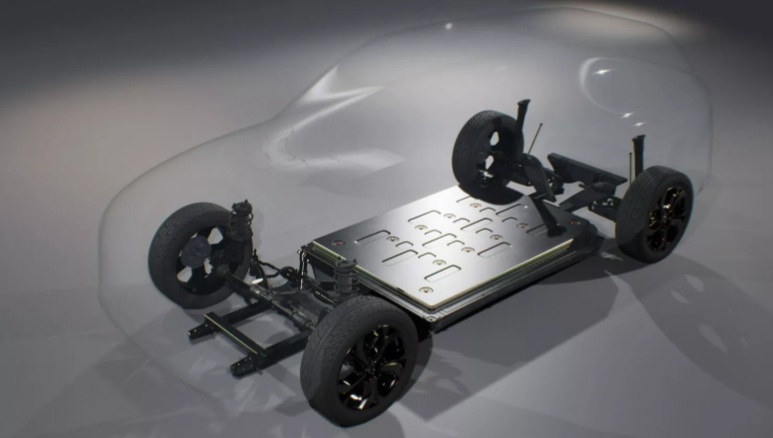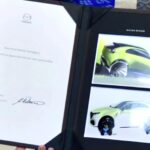**Mazda Unveils its New Business Strategy: Optimizing Costs and Enhancing Production Efficiency through Electrification Adjustments**
Mazda has recently unveiled its new business strategy, which involves adjustments to its electrification plans to optimize costs and enhance production efficiency. The company identifies the period from now until 2030 as the “dawn of the electrification era,” but instead of a complete shift to electric vehicles, Mazda will continue to develop internal combustion engines (ICE), hybrid, and electric vehicles (BEV) according to market demands.
Initially, Mazda planned to produce batteries in-house, but they have found a more efficient approach by co-developing with their Chinese partner, Changan Automobile. This collaboration has allowed Mazda to reduce its investment in electric vehicles from $13.3 billion to $10 billion.
While competitors often manufacture electric vehicles in dedicated facilities, Mazda plans to produce electric vehicles on existing assembly lines for internal combustion engine vehicles. By executing this strategy, Mazda can reduce 85% of the initial investment and 80% of the time required for mass production.
In addition to the joint venture for the development of the Mazda6e and CX-6e, Mazda is also working on a completely new electric vehicle line, scheduled for launch in 2027. This vehicle will be produced in Japan, using batteries from Panasonic, and targeted at the Japanese, European, and North American markets. Through partnerships, Mazda has reduced development investment by 40% and working hours by 50% compared to previous projects.
Mazda has high hopes for its SKYACTIV-Z engine, which not only offers near-perfect combustion efficiency, improving fuel efficiency and reducing emissions, but also complies with stringent emission regulations such as Euro 7 in Europe and LEV4 and Tier 4 in the US. This technology will be introduced in combination with Mazda’s proprietary hybrid system in the new MAZDA CX-5, scheduled for release in late 2027.
The CEO of Mazda shared that the reduction in investment in electric vehicles does not signify a departure from this orientation but rather, the company is maximizing its resources to create flexible products that cater to the diverse needs of global markets in a rapidly changing automotive industry.
Most Mazda Models Achieve Top Safety Pick+ Rating
The Insurance Institute for Highway Safety (IIHS) has revealed its coveted list of Top Safety Pick and Top Safety Pick+ award winners for this year. With an unwavering commitment to road safety, these awards shine a spotlight on the vehicles that excel in protecting drivers and passengers alike. This prestigious recognition is a testament to the tireless efforts of automakers in their pursuit of creating safer roads for all.
The New Year, A New Mazda Logo
The new Mazda logo features a sleek, monochromatic design with a stylized, angular wing symbol. The iconic emblem has been simplified for a modern aesthetic, creating a bold and dynamic look that reflects the brand’s forward-thinking approach to automotive design and innovation. This updated logo embodies Mazda’s commitment to delivering cutting-edge vehicles that offer both performance and style.
The All-New Mazda Compact SUV: Unveiling Soon in Southeast Asia
In an exciting development, Mazda has unveiled its plans to introduce a new range of vehicles to the Southeast Asian market over the next three years. This ambitious strategy underscores the brand’s commitment to expanding its presence and offering diverse options to customers in the region. With a focus on innovation and meeting the evolving needs of drivers, Mazda is poised to make a significant impact in the dynamic and rapidly growing Southeast Asian automotive landscape.


